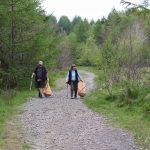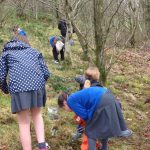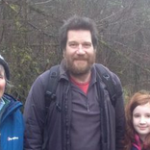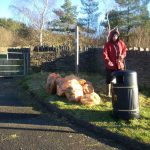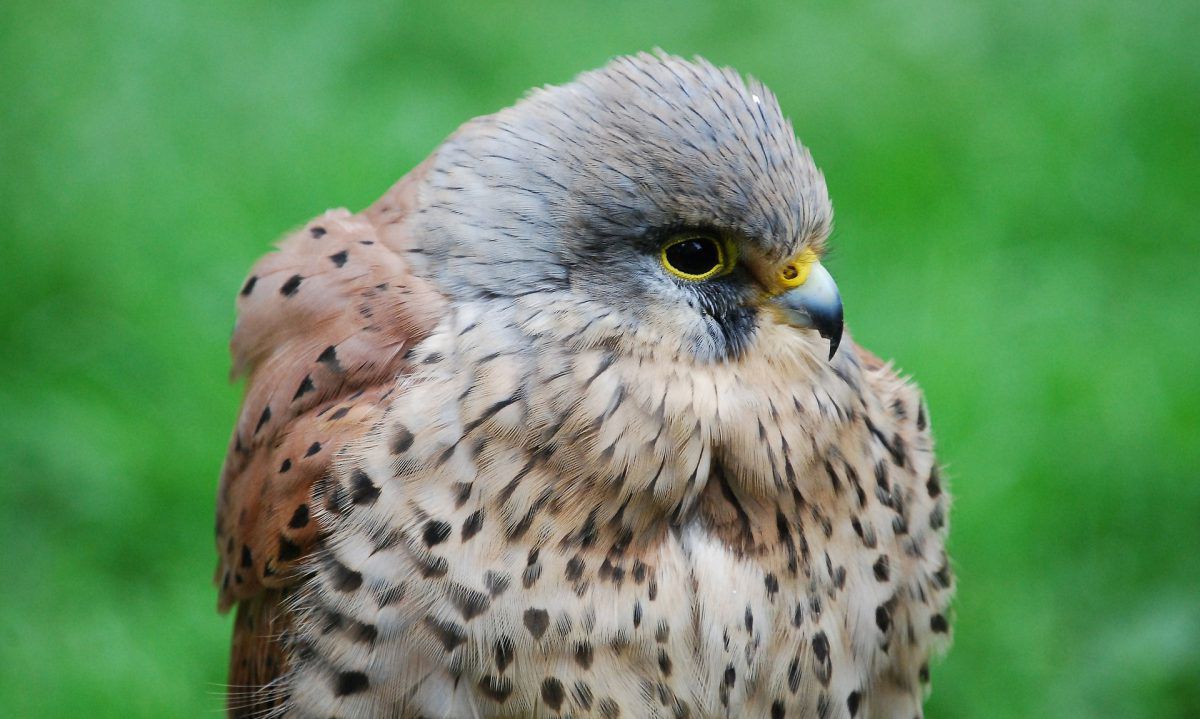- info@sirhowyhillwoodlands.co.uk
- Thomas Ellis Way, Tredegar NP22 4QF
- About Us
- Get involved
- Visit Us
Visit Tredegar & our Woodlands
Come and visit us!
Sirhowy Hill Woodland
Thomas Ellis Way
Tredegar
Blaenau Gwent
NP22 4QF - Wildlife
- Woodland Shop
Latest and greatest products, direct from our
Woodland Shop
Sourced from the Woodlands and the local community.
You have
item(s) in your bag
- Home
- /
- Blog
- /
- Animals & Wildlife
- /
- Birds
- /
- Birds of prey
- /
- Kestrel

Scientific name: Falco tinnunculus
Kestrel
Kestrels are one of our best known bird of prey; a familiar sight hovering over the side of the road, on the lookout for small mammals like field voles which are their favourite food. Kestrels are a little smaller than a pigeon and can be found in all kinds of habitats from open countryside to towns and villages. They nest in holes in trees, old buildings and abandoned crows nests, laying between four and five eggs, which both parents will feed when hatched.
How to identify the Kestrel?
Kestrels are typically seen hovering, their pointed wings held out. Males have a grey head and tail with a prominent black band, a gingery-brown back and a creamy underside which is speckled with black. Females are similar, but with a more uniform brown back and dark bands on the tail.
How can I help?
During the past 40 years kestrel numbers have declined by 25% in the UK, probably as a result of the intensification of agriculture reducing the availability of their small mammal prey. The Wildlife Trusts are working closely with farmers and landowners to promote wildlife-friendly practices.

Click to view more
Statistics
Scientific Name
Falco tinnunculus
Location
Found almost everywhere.
Size
Height: 33-39cm
Weight: 190-220g
Population
Classified in the UK as an Amber List species under the Birds of Conservation Concern review.

Other Wildlife


